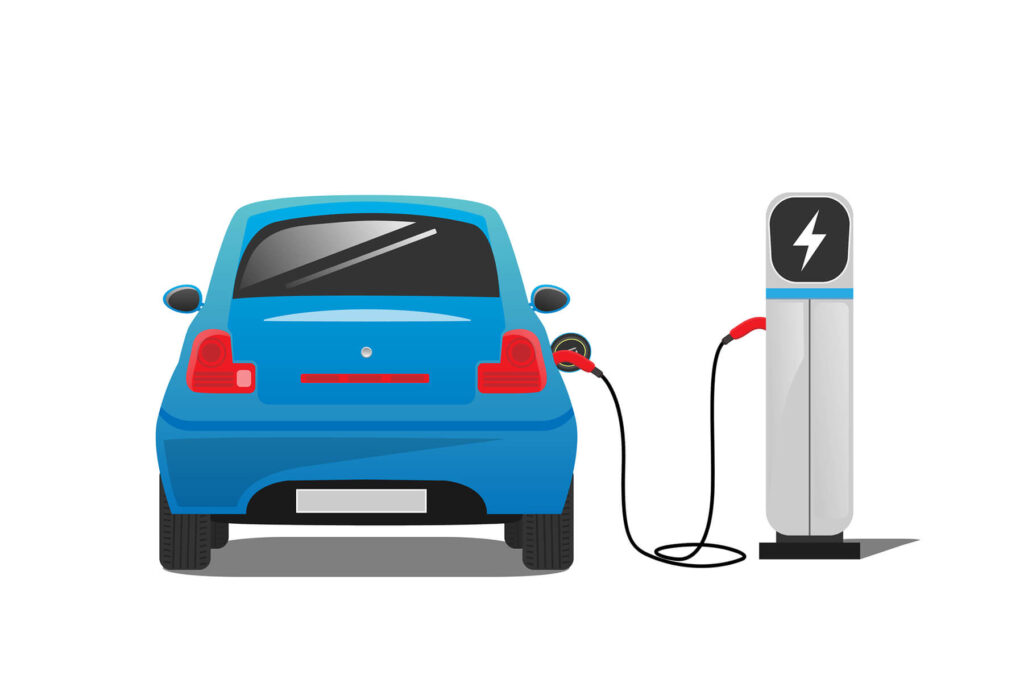Menu
Menu

Updated on Jun 8, 2023 | 3 min read
As electric vehicles gain popularity among motorists, the need for efficient and fast charging solutions increases. The charging station has become the go-to option for many consumers, and with advancements in technology, the smart charging station has emerged, making the charging of electric vehicles even more efficient.
A smart charging station is a device that connects an electric car to a network and enables smart charging. During the charging process, the terminal communicates with the vehicle, the charging operator, which could be an individual or a business owner, and the energy supplier to share data. With the smart charging station, the charging operator does not need to manipulate any data as it automatically shares data once the vehicle is connected.
Smart charging allows the user to manage energy consumption, especially when the available electrical power is not enough for all appliances in the house or establishment, or when several cars need to connect. Additionally, with a smart charging station, one can limit their energy consumption, participate in protecting the planet’s resources and reduce their electricity bill.
The smart charging station communicates with all stakeholders, including the charging operator and the energy supplier, through data connections, which are centralized on a platform and transmitted in real-time for decision-making. The smart charging station is different from conventional charging stations as it enables control of charging to influence the use of available energy, known as dynamic charging management.
Smart charging stations can be installed in private homes or companies, and are particularly useful when multiple stations are installed. The charging operator can distribute electrical power proportionally between the charging stations, supplying other electrical devices at the same time. The platform receives data such as charging time and speed.
Installing a smart charging station at home comes with several advantages, including automation and real-time energy management that adapts to the network’s energy consumption. Users can also monitor charging data through a simple application or other means. Load shedding analyzes the energy distributed in the home and reduces or cuts off power supply to non-priority appliances, saving money and avoiding exceeding consumption or subscription. Smart connectivity allows communication between terminals from different manufacturers or brands.

Low Code Developer - Massive Earth Network
© 2024 Massive Mobility Private Limited. All rights Reserved